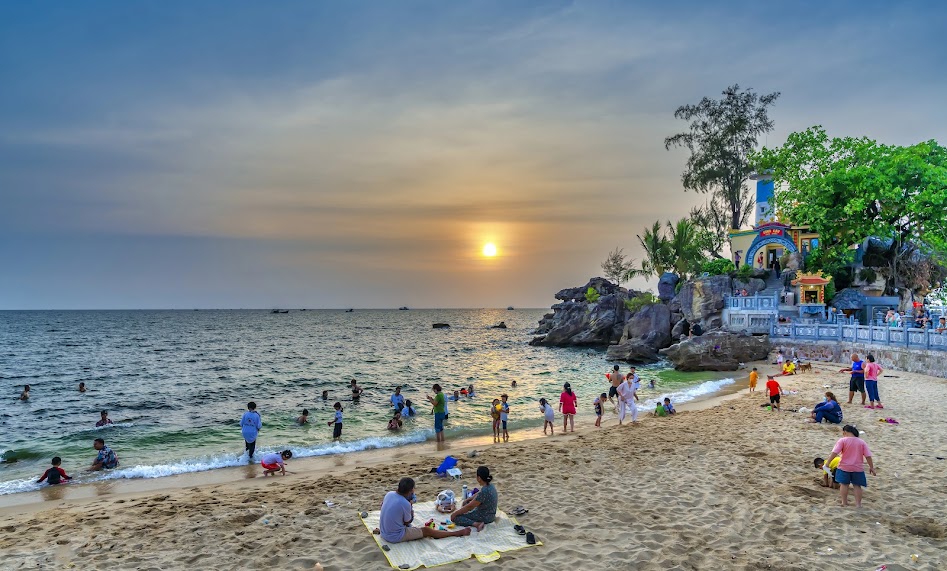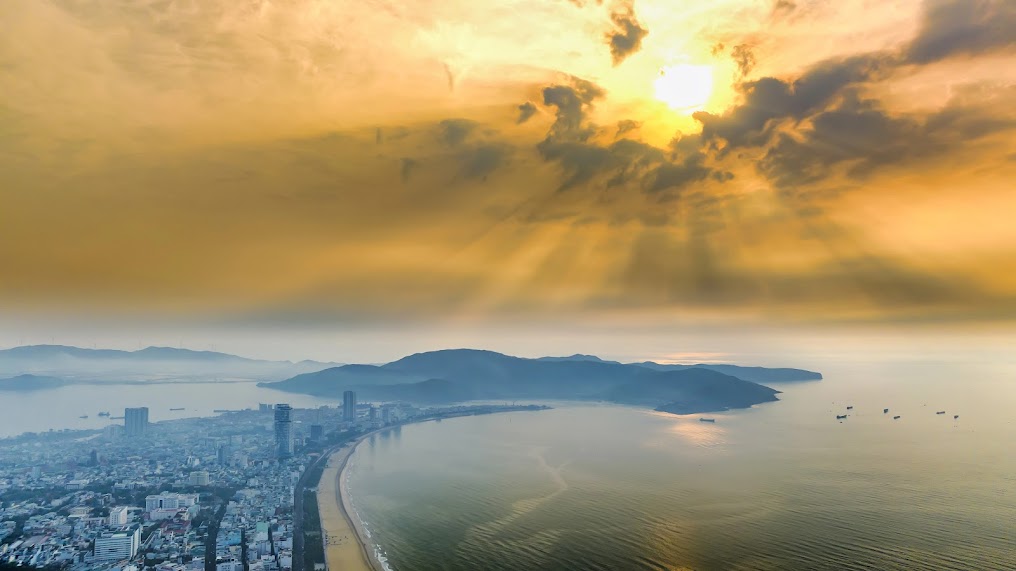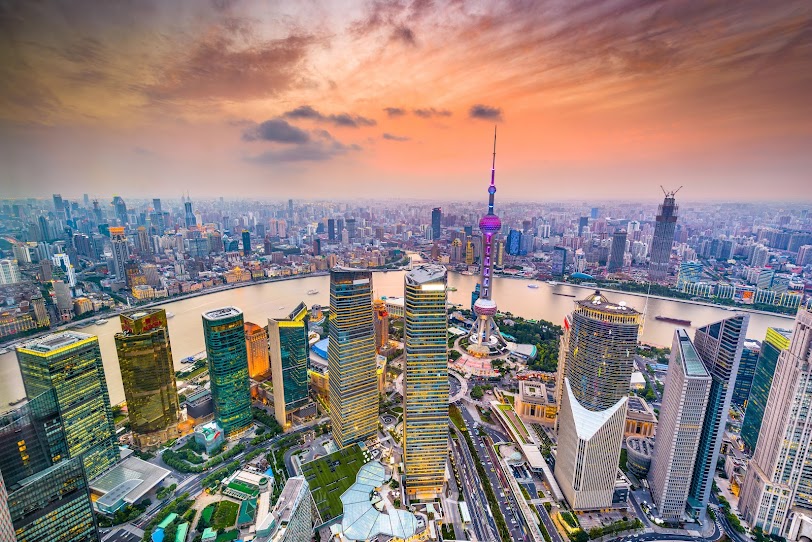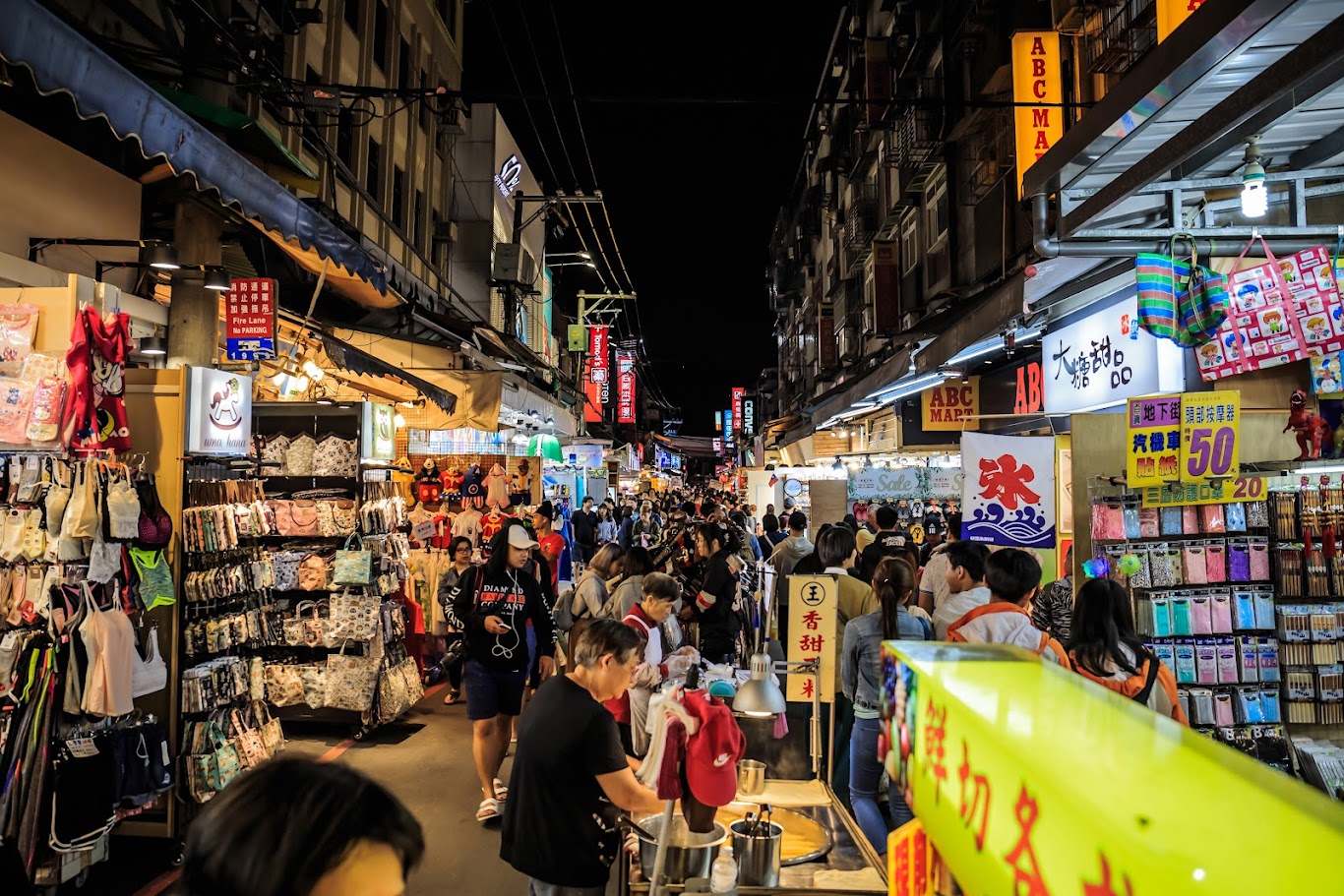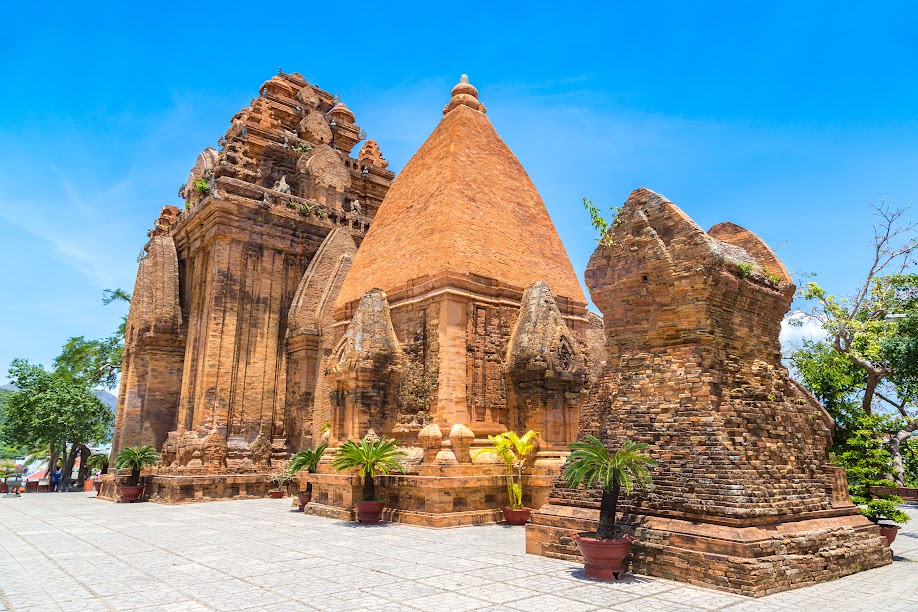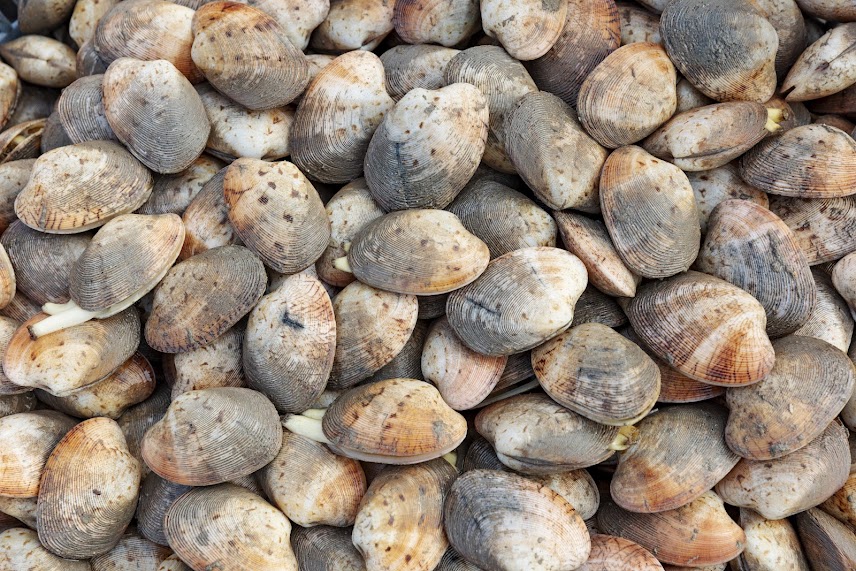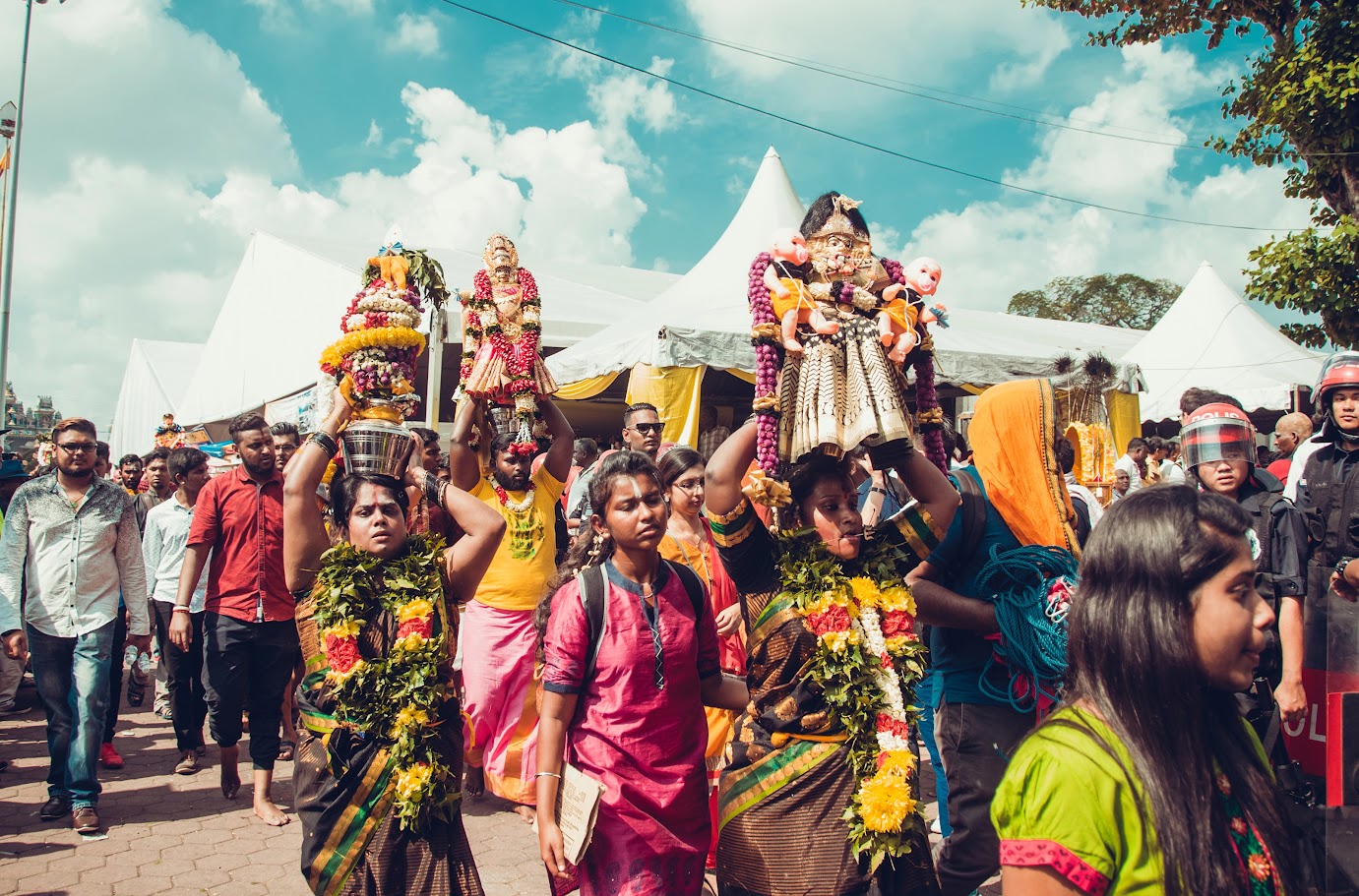
- SkyJoy
- Chuyến bay của tôi
- Online Check-in
- E-Menu
- E-Visa
- Dịch vụ chuyến bay
- Dịch vụ khác
Ngày đi

Ngày về
Xi'an, China: Discover the Historic Capital of 13 Dynasties
China, a country with over 5,000 years of history, is one of the world's top tourist destinations due to its unique cultural heritage. Among its cities, Xi'an stands out as an ideal destination for travelers keen on exploring culture and history. This city, the ancient capital, has witnessed the rise and fall of 13 feudal dynasties.
If you're planning to explore this ancient capital, let's discover what Xi'an, China, has to offer with Vietjet!
1. Overview of Traveling to Xi'an, China
1.1 Where is Xi'an, China?
Xi'an is located in Shaanxi Province, situated in the Guanzhong Plain and bordered by the Wei River to the north and the Qin Mountains to the south.
1.2 About Xi'an, China
Having existed for over 3,000 years and served as the capital of 13 feudal Chinese dynasties, Xi'an holds a wealth of ancient historical sites, including 72 imperial tombs and over 700 historical relics ranging from ancient temples to forts and city walls. Thus, Xi'an was declared a "World Historical City" by UNESCO in 1981.
Additionally, the city is renowned for its diverse cuisine that reflects deep Chinese culinary traditions. It is said that over 1,000 different dishes can be found throughout Xi'an's streets.
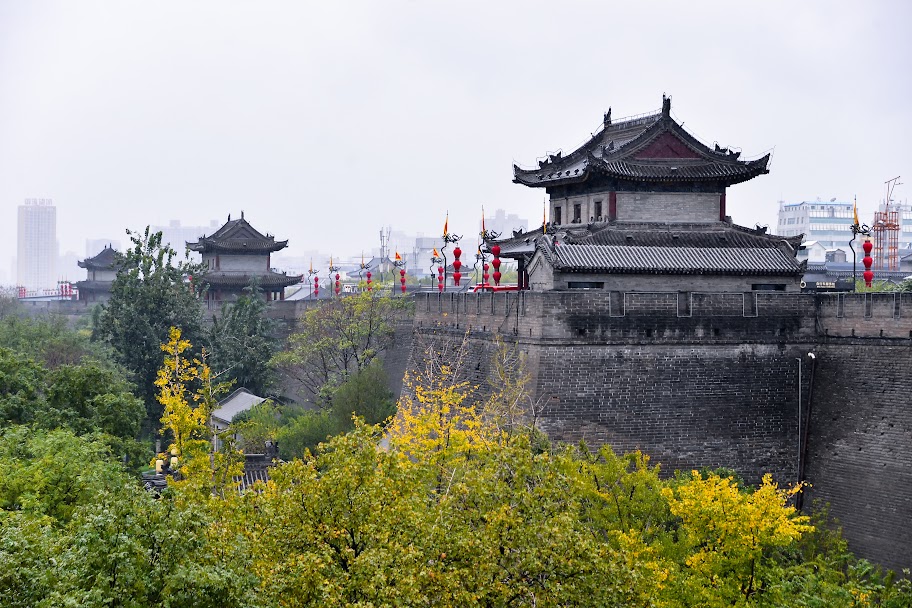
Xi'an is a historical witness, marking the mark of the 13th Chinese feudal dynasty.
1.3 Best Time to Visit Xi'an, China
-
Depending on personal preferences, there are several times throughout the year ideal for visiting Xi'an. The best weather conditions occur during spring (March to May), with mild temperatures and cool breezes, creating a perfect environment for tourism and outdoor activities. However, it's good to note that dust storms can occur during this period due to rapid temperature increases. Protective masks and lightweight clothing are recommended for the best experience.
-
Fall (September to November) offers similarly pleasant weather, ideal for outdoor activities and enjoying the romantic autumn scenery.
-
Winter (November to February) is also recommended for those wishing to experience snowfall, as Xi'an can be quite cold and snowy during this period.
-
Traveling to Xi'an during the summer should be avoided if possible due to the hot and humid weather, which is not ideal for extensive outdoor activities.
1.4 Air travel to Xi'an, China
Air travel is the most popular and convenient mode of travel to Xi'an. Travelers from major Vietnamese cities such as Hanoi and Ho Chi Minh City can find direct flights to Xi'an's Xianyang International Airport.
For convenient and cost-effective tickets, consider looking into deals from VietJet. Direct flights from Ho Chi Minh City to Xi'an will begin operating from April 29, 2024, helping tourists save both time and money.
1.5 Traffic in Xi'an, China
In Xi'an, you have many options to get around the city.
-
Buses, with more than 200 routes, are the most cost-effective way to travel. The metro system is another economical option with six stations currently in operation. Taxis offer a more direct and comfortable method of transportation, although they are more expensive than other options.
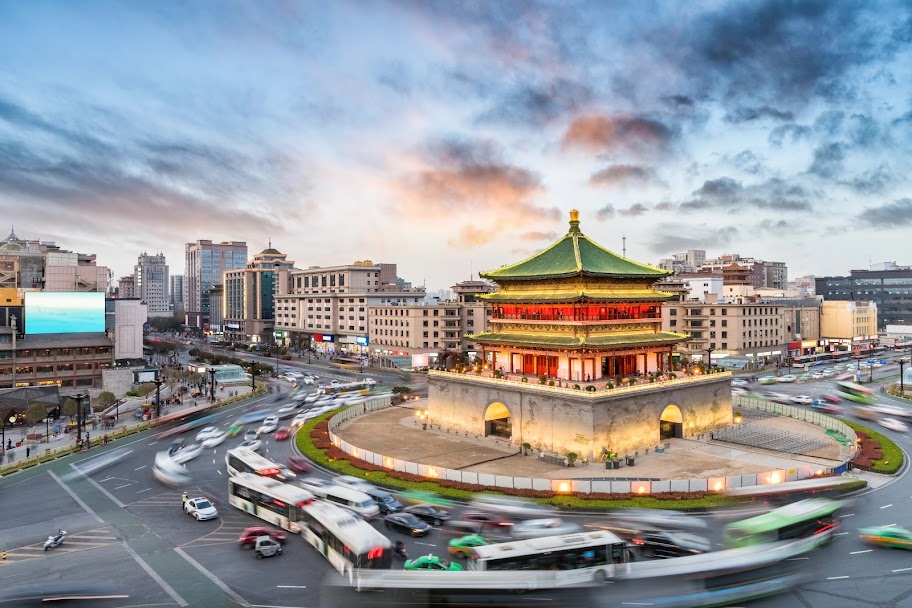
Although it is a historical city, the transportation system in Xi'an is very developed. You can also transfer by air from Vietnam to Xi'an very easily
2. Top tourist attractions in Xi'an, China
2.1 Mausoleum of Qin Shi Huang - Terracotta army
A must-see is the Tomb of Emperor Qin Shi Huang, located about 15km east of Xi'an city center. Known for its iconic terracotta soldiers, this archaeological site is considered a symbol of ancient Chinese history. Built more than 2,000 years ago, the mausoleum complex has stood the test of time and still impresses with its scale, featuring a 76m high mound covering an area of 120,000 square meters.
Entering the site, visitors can witness the grandeur of the largest archaeological excavation of its kind in the world. The site consists of three main pits, arranged according to ancient military art, providing a paradise for those fascinated by ancient history.
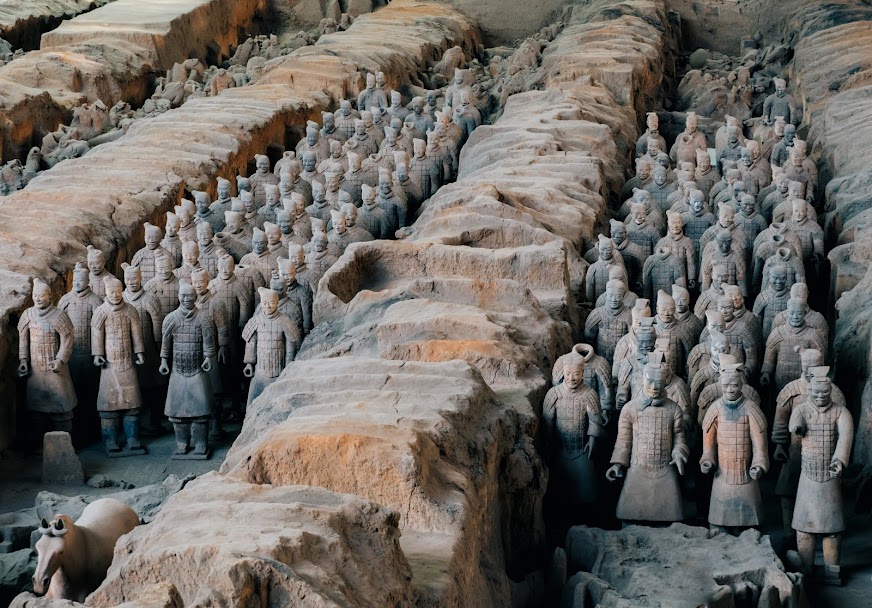
The Tomb of King Qin Shi Huang and the Terracotta Army that mysteriously appeared in many movies will definitely be a place that many tourists must visit when traveling to Xi'an, China.
2.2 Dai Minh Palace
Another important historical site is the Dai Ming Palace of the Tang Dynasty (618-907), which served as the royal residence and administrative center. Today, its vast grounds include parks, cultural heritage buildings, and exhibition grounds displaying relics from the palace. There is a fee to enter the main lobby, but the garden area is free to visit.
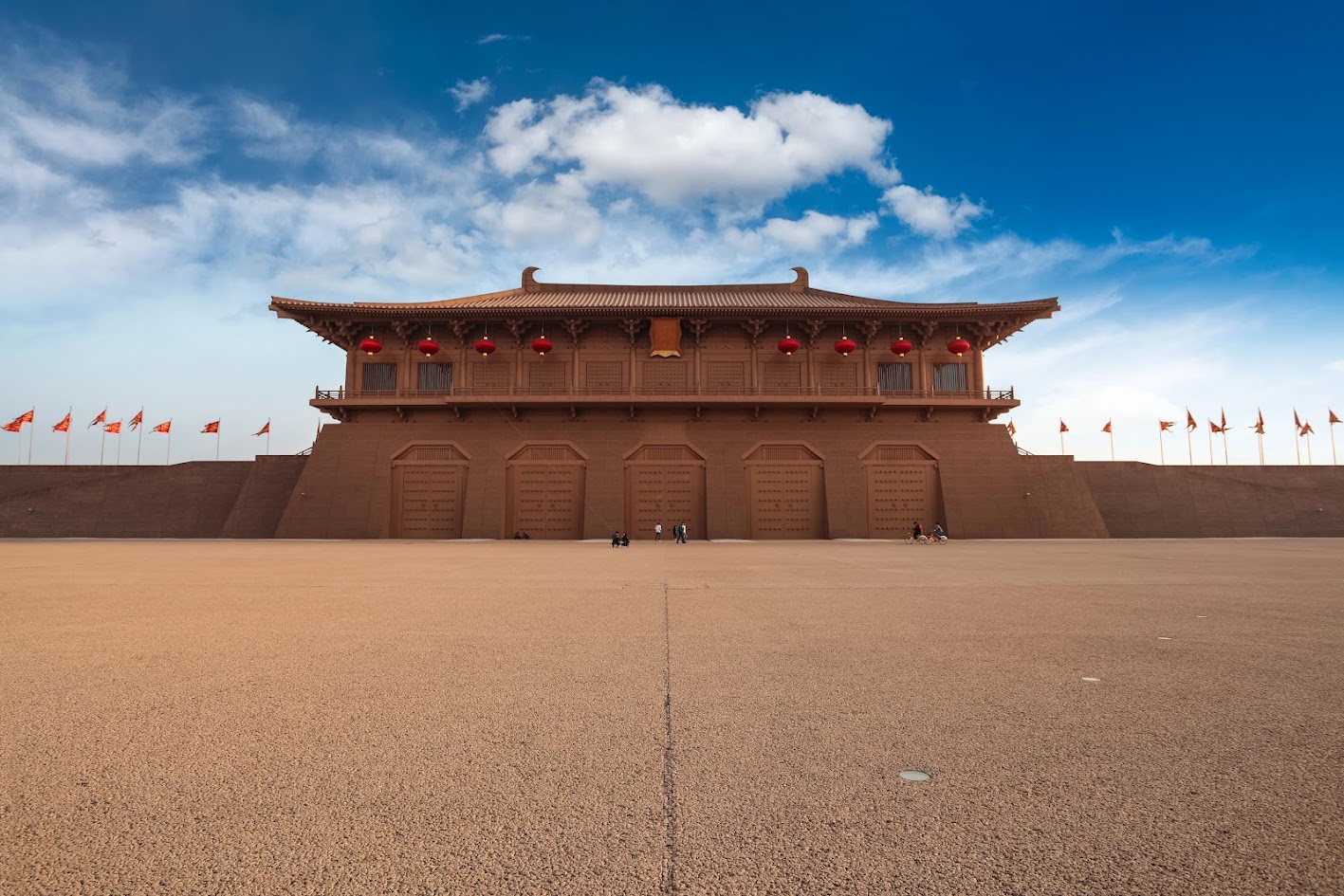
Therefore, with the Forbidden City, Dai Minh Palace also possesses a grandeur and magnificence that is not inferior
2.3 Xi'an ancient city wallv
The ancient city walls of Xi'an, another testament to its historical importance, are among the best-preserved military fortifications in the world. Built in 194 BC, it took more than 1,300 years to complete. The city wall surrounding it is 14 km long
The second area of the city, with 18 gates welcoming visitors. Walking these walls offers a unique perspective on daily life and the history of Xi'an.
2.4 Bell Tower
The Bell Tower is about 36m high andcovering an area of 1,377m2, is a distinctive structure built from bricks and wood and adorned with dark blue glazed tiles. True to its name, the tower houses several large bronze bells from the Tang dynasty.
2.5 Mount Huashan
Located about 100km east of Xi'an, Mount Huashan is one of China's five sacred mountains and is known for its precipitous trails. Its highest peak, the South Peak, reaches 2,160m. The breathtaking scenery and challenging trails make it a must-visit for adventure enthusiasts. Mount Huashan is also significant for its religious history, associated with Laozi and Daoist legends.
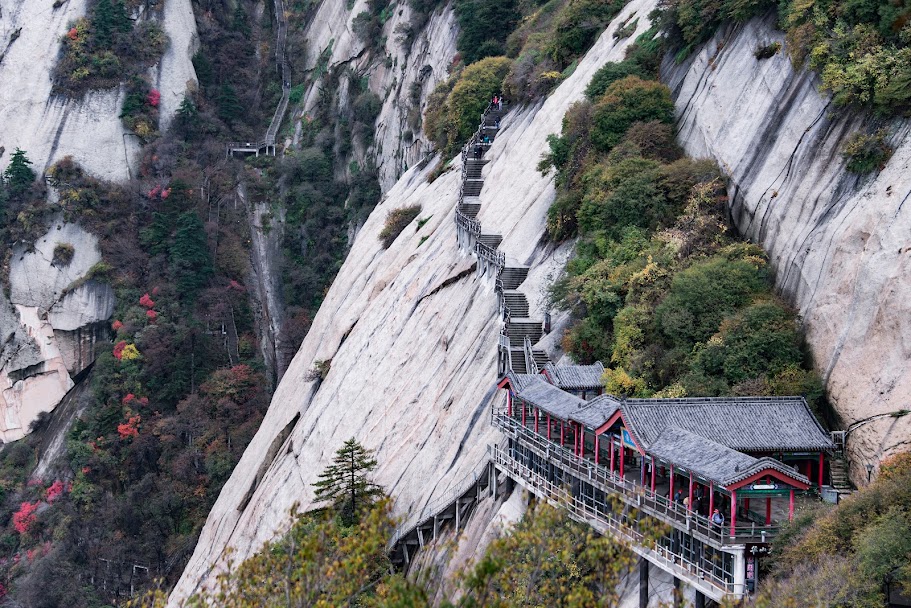
Hoa Son is not only famous as the top mountain peak in the world, but also has special cultural value, related to Lao Tzu.
3. What to eat in Xi'an, China
3.1 Xi'an dumplings
Xi'an is famous for its dumpling feasts, which feature a variety of dumplings based on extensive research into traditional Chinese recipes from the Tang Dynasty.
3.2 Biang Biang Noodles
These hand-made noodles are a traditional folk dish of the Shaanxi region. Served with a savory sauce made from soy sauce, MSG, vinegar and pepper, they deliver a rich and unforgettable flavor.
3.3 Grilled Skewers
Another famous street food in Xi'an is grilled meat skewers. These skewers are marinated and grilled over charcoal, providing a delicious, affordable option for visitors.
3.4 Tangbao (Soup dumplings)
Unlike the Shanghai version, Xi'an tangbao is filled with lamb or beef. Best enjoyed when dipped in vinegar and chili to enhance the flavor.
3.5 Xi'an Stuffed Bread
This traditional dish combines cold cuts with freshly baked bread, creating a unique and memorable flavor.
3.6 Steamed beef and flour (fenzhengrou)
In Xi'an's famous Muslim Quarter, one can experience this unique dish made with beef, herbs and spices, slowly cooked for seven hours. It is often combined with tea to balance the richness of the meat.

Traveling to Xi'an, China, you cannot miss the specialty dishes here.
4. Travel tips for Xi'an, China
-
When shopping in Xi'an, always ask for prices and avoid buying items without prices listed. If traveling in a group, seek advice from a tour guide for helpful tips.
-
It should be noted that Chinese cuisine, especially in Xi'an, can be quite spicy and greasy. If you have dietary restrictions or don't like spicy food, choose your dishes carefully. A useful tip when eating spicy food is to combine it with milk to reduce the heat.
-
When exploring Xi'an, you'll likely visit many cultural and historical sites, so dress appropriately.
-
To optimize airfare costs when traveling to Xi'an, consider buying tickets in advance or looking for promotions.
-
For more information about the Chinese visa process, regularly visit VietJet's official channels to update flight schedules and promotional flights to Xi'an with prices starting from only 0 VND.
See more: Details of Chinese visa procedures
From April 29, 2024, VietJet will officially operate the direct flight Ho Chi Minh City - Xi'an. These flights will provide extremely convenient and fast travel options from Tan Son Nhat International Airport to Xi'an Ham Duong International Airport along with attractive promotional offers from VietJet airline. . . for Vietnamese tourists.
Follow VietJet's information channels regularly to update flight schedules and "hunt" for air tickets to Xi'an from only 0 VND here:
- Website: https://www.vietjetair.com
- Facebook: https://www.facebook.com/vietjetvietnam
- Instagram: https://instagram.com/vietjet
- YouTube: https://www.youtube.com/VietjetOfficial
- TikTok: https://www.tiktok.com/@vietjetvietnam
- Zalo: https://oa.zalo.me/vietjet







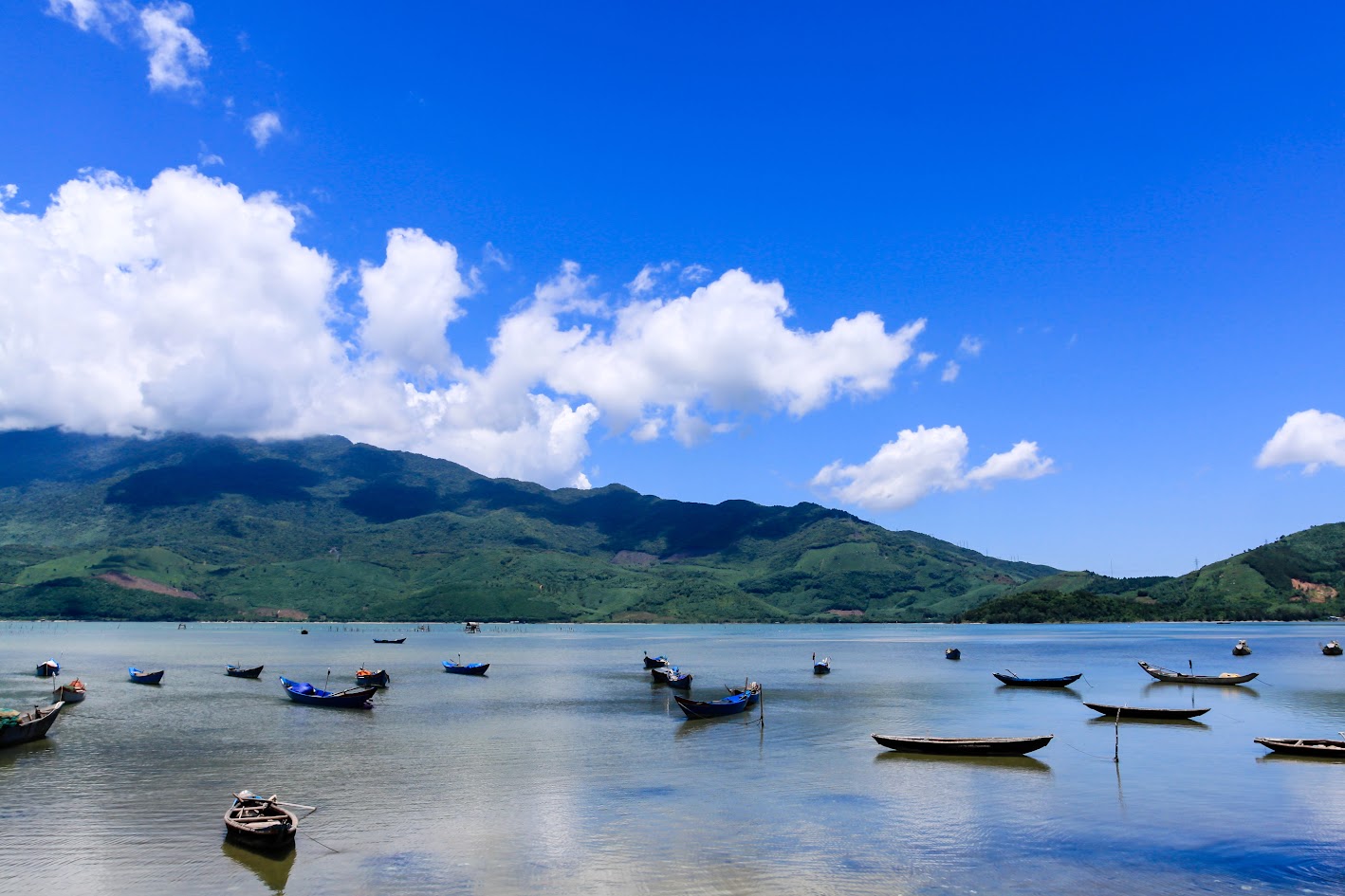

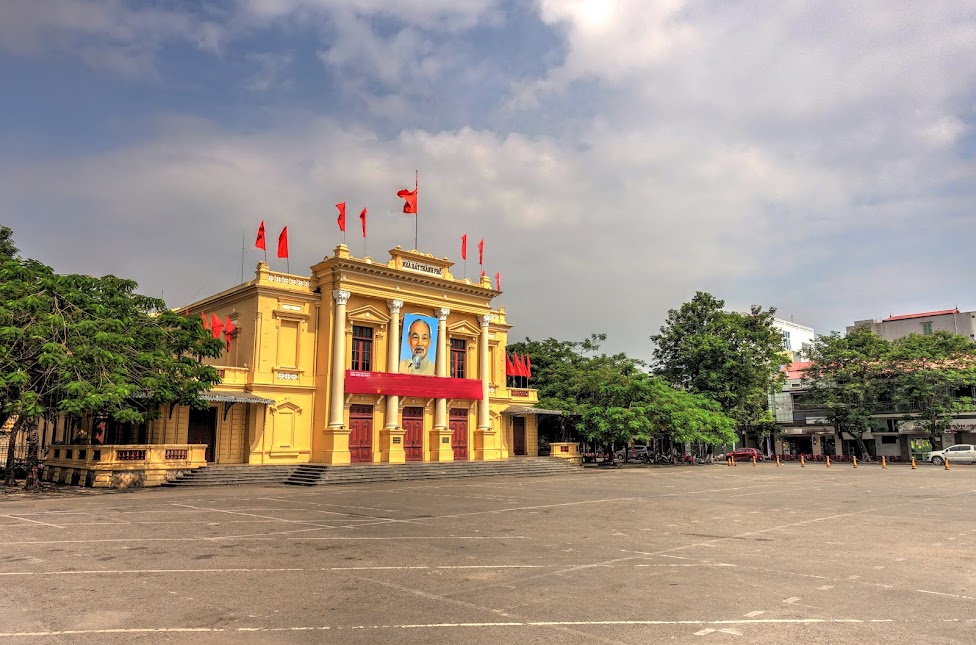
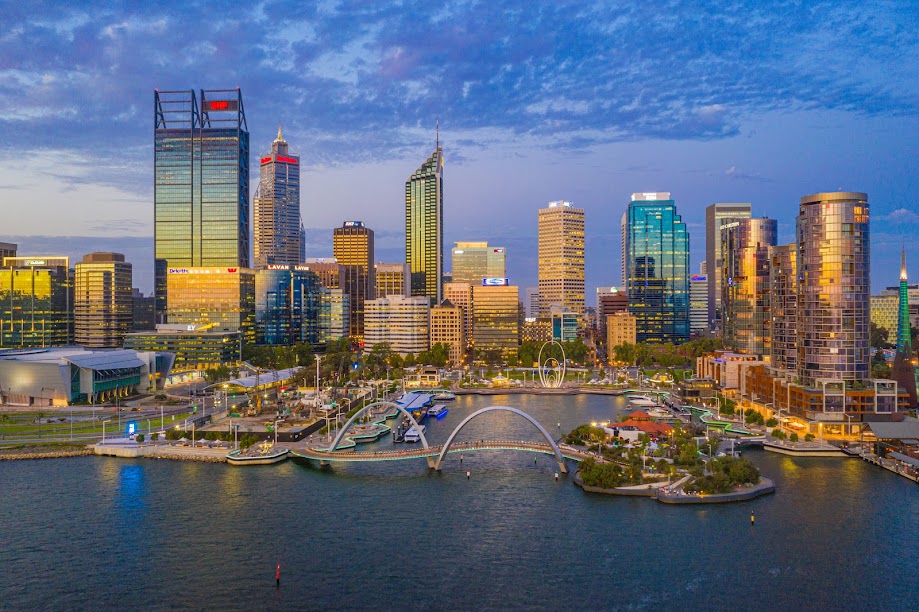














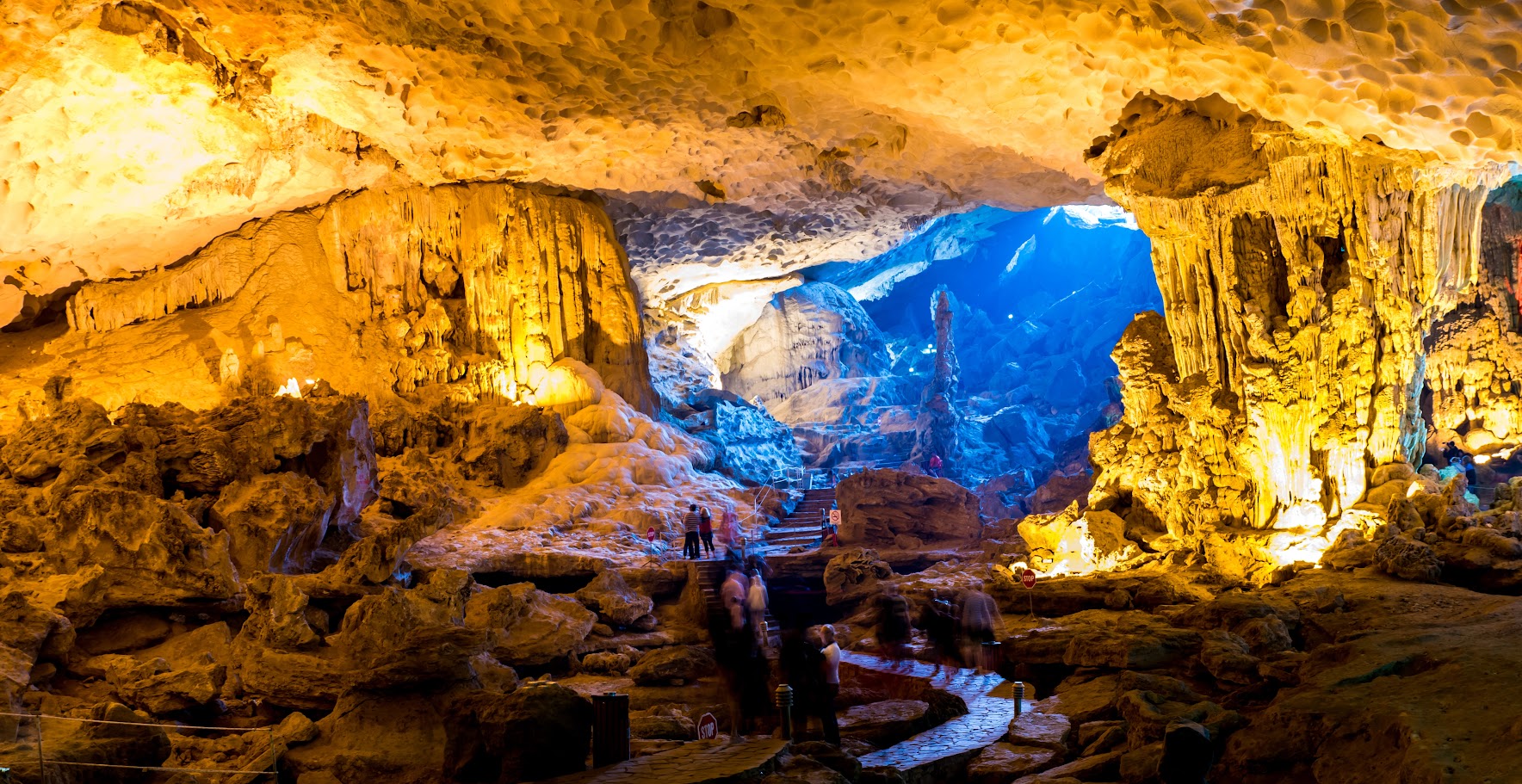







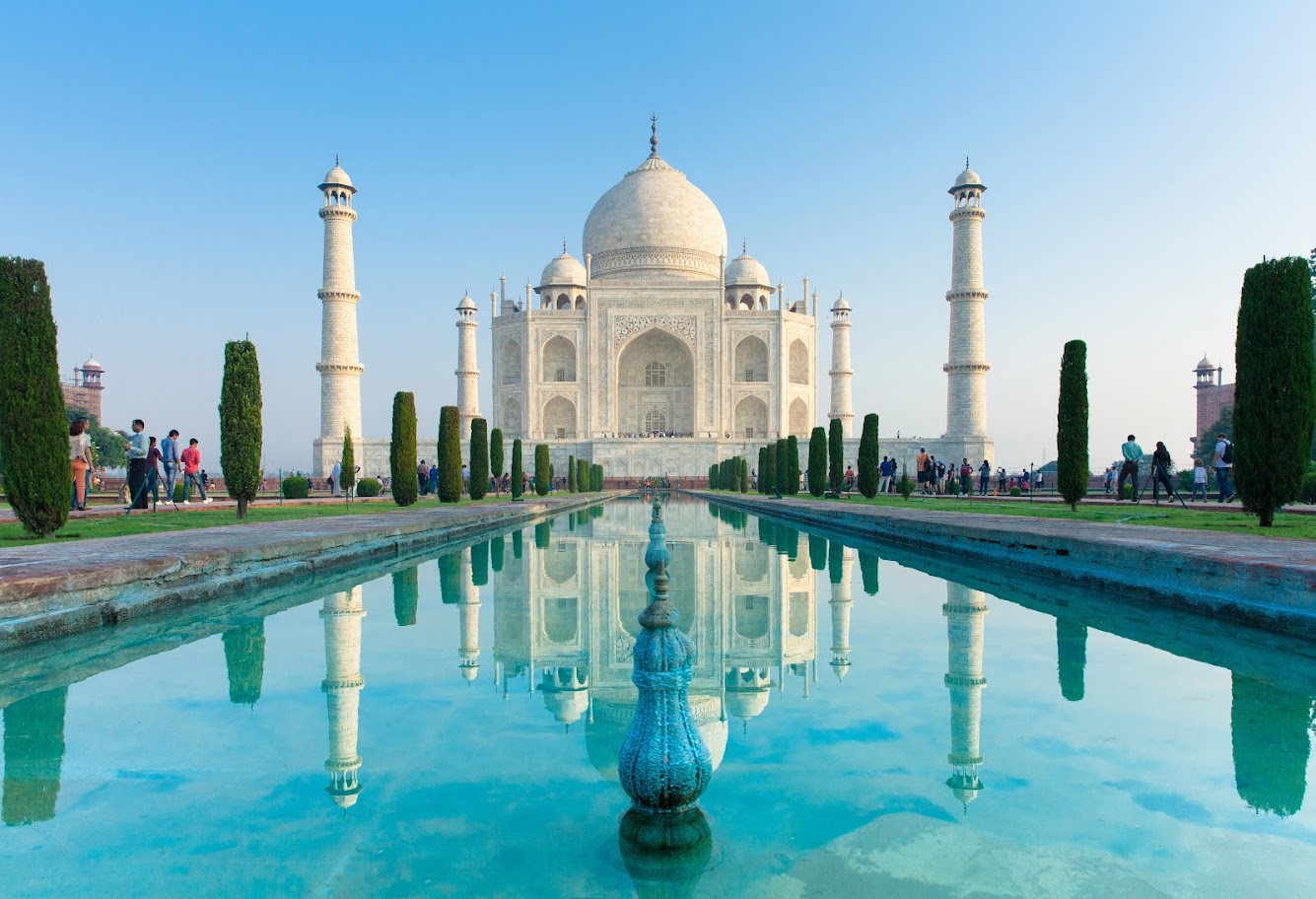










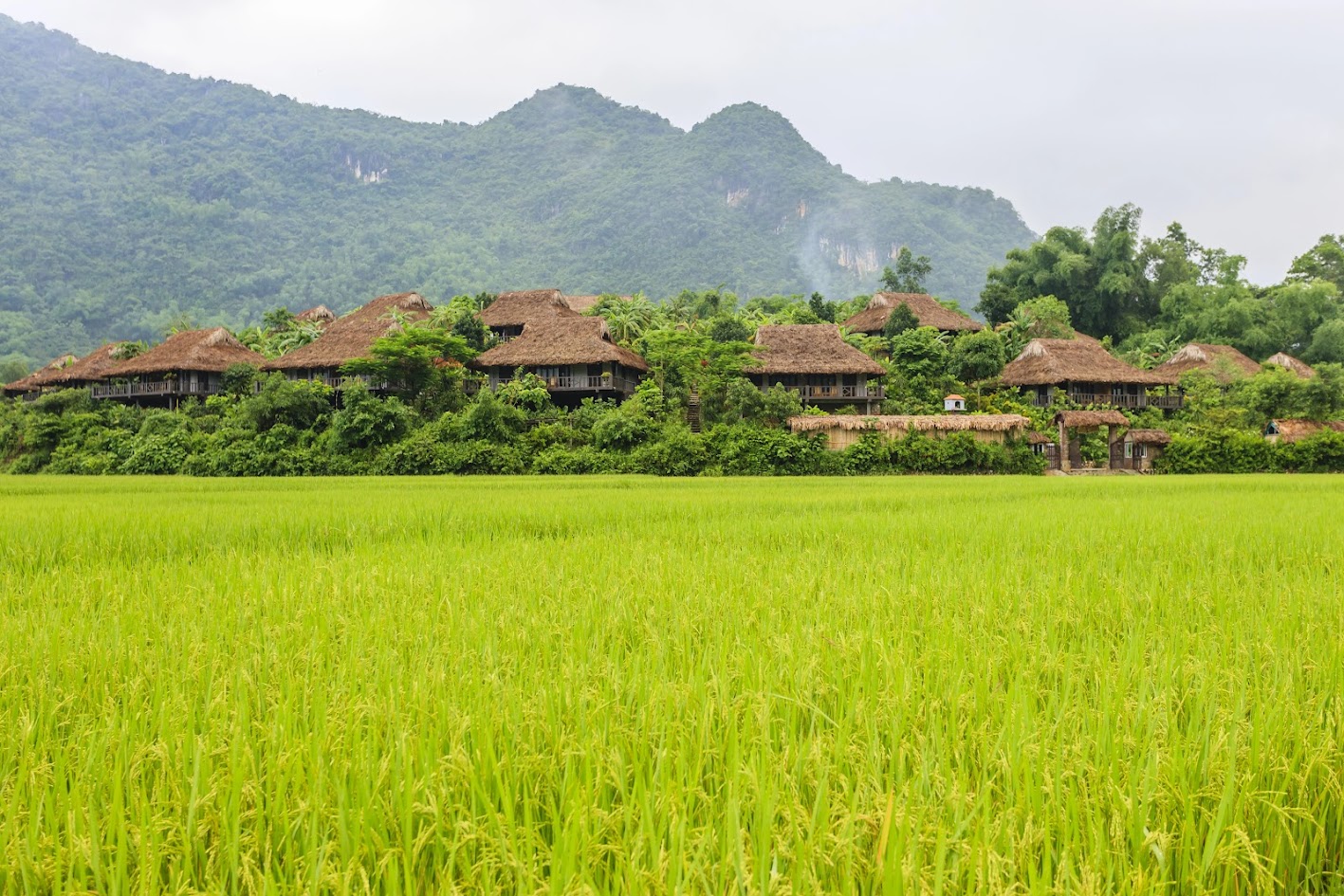






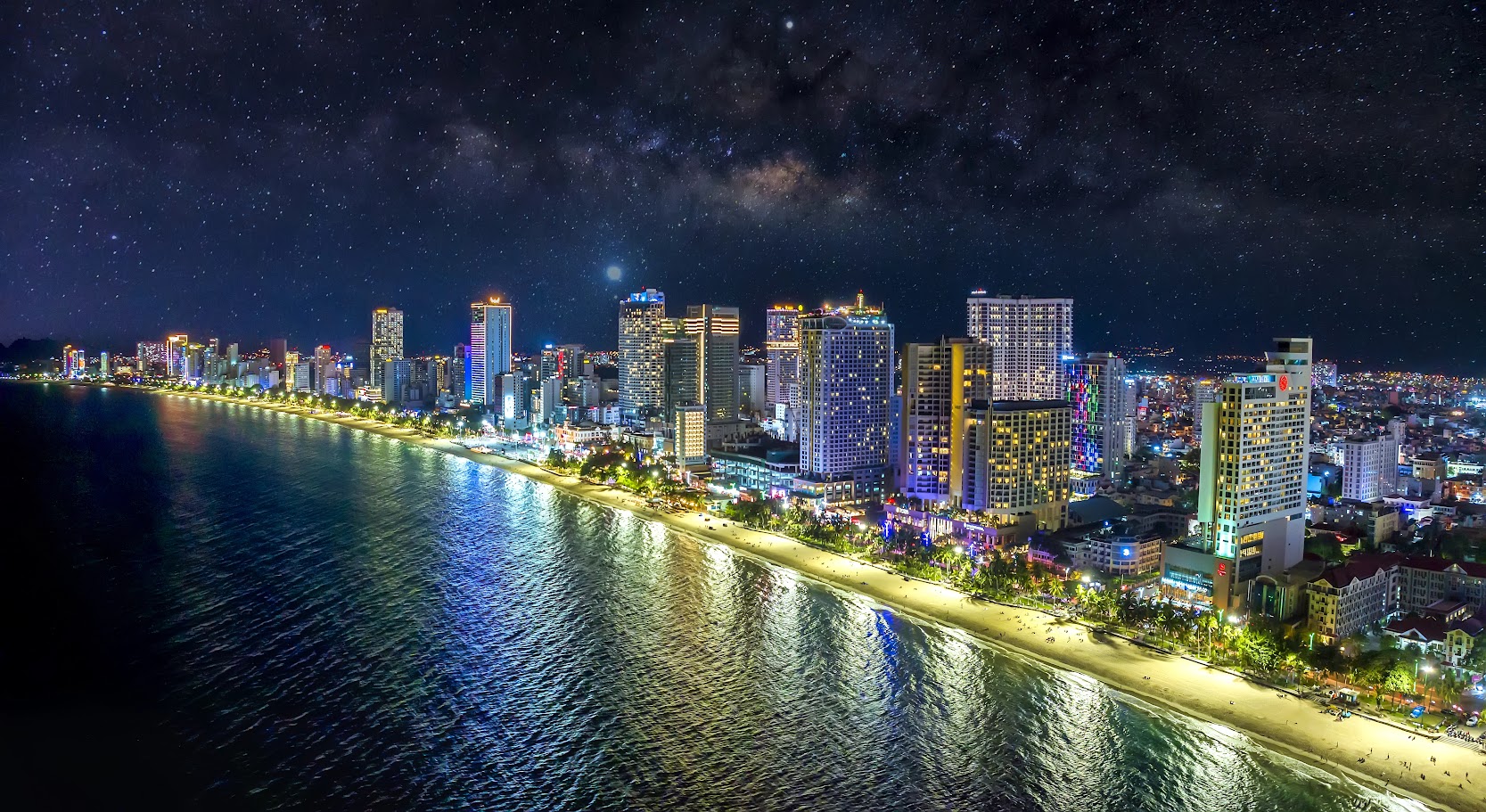












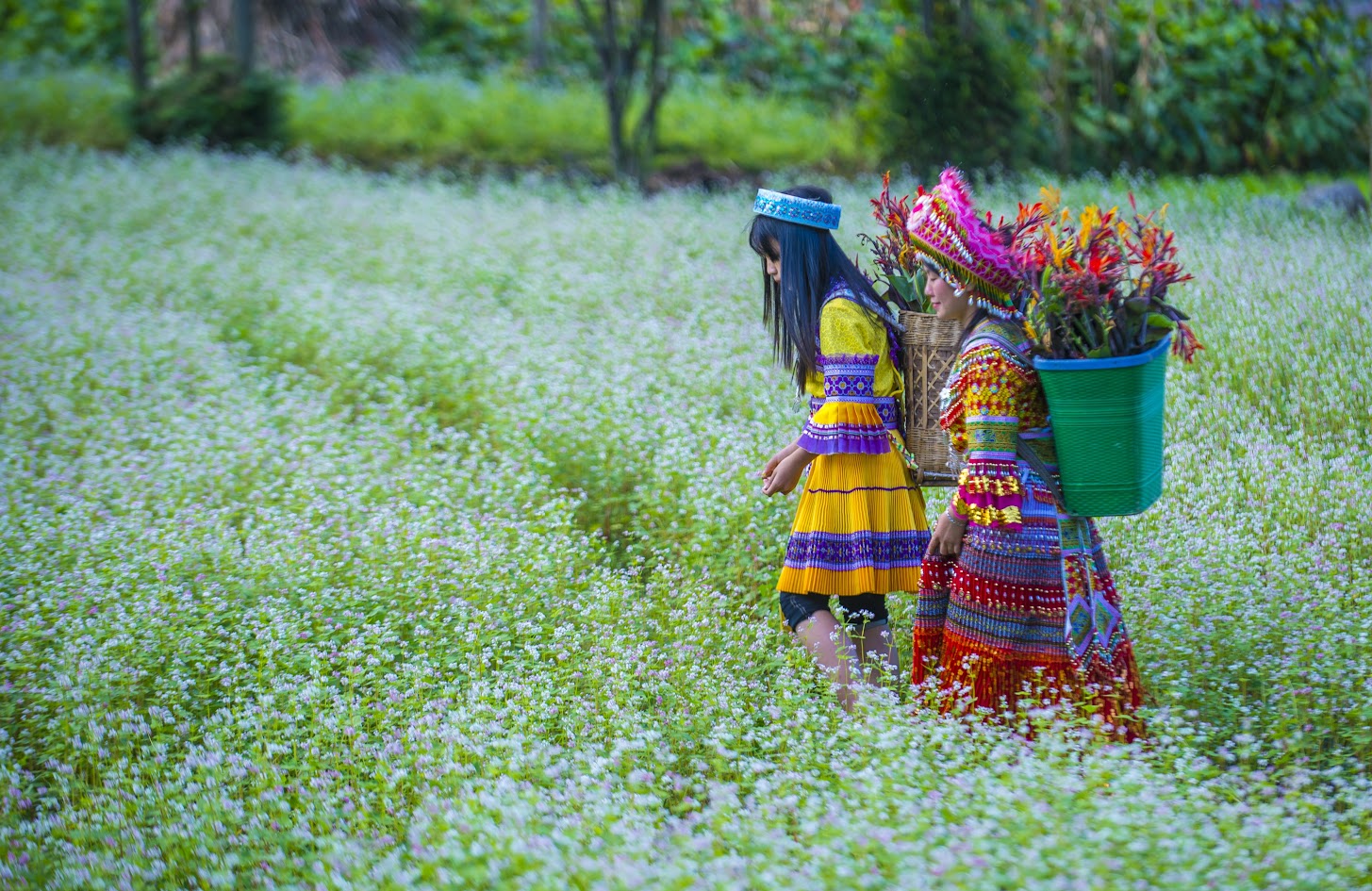













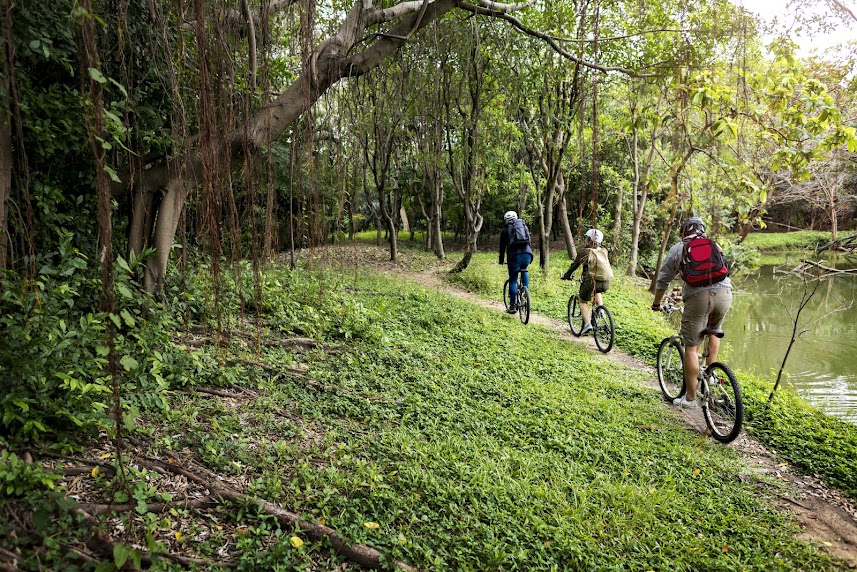



















































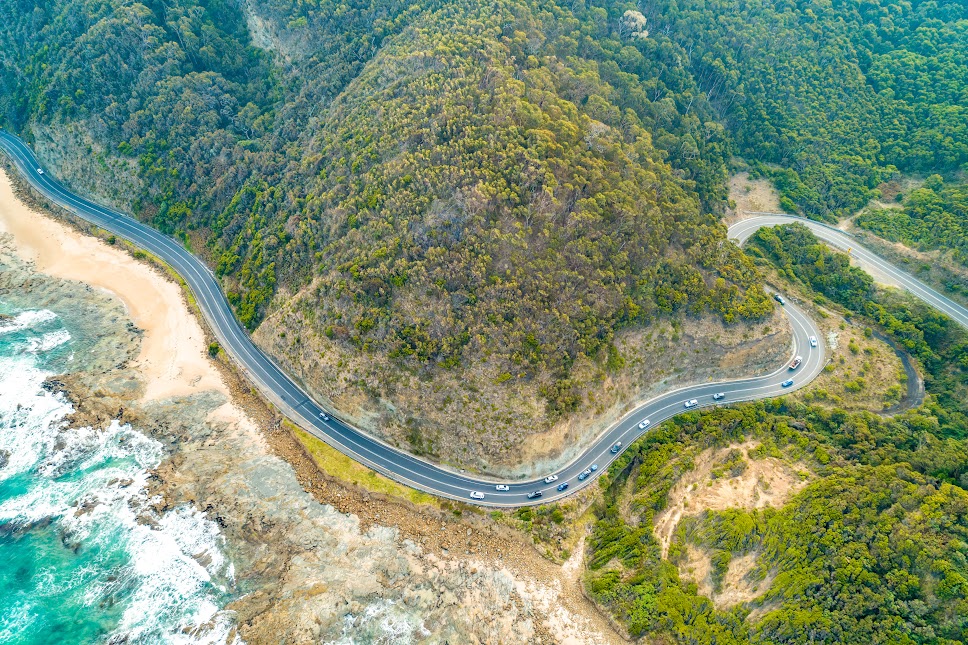


































![[FAQ] What is the Best Time to Travel to South Korea?](https://vj-prod-website-cms.s3.ap-southeast-1.amazonaws.com/shutterstock533705653supersize-1696644100090.jpg)








